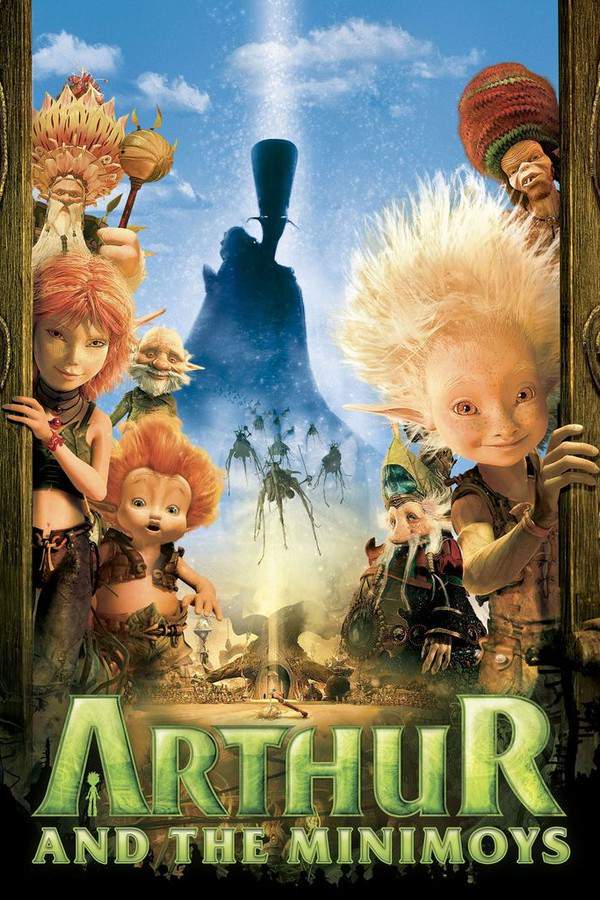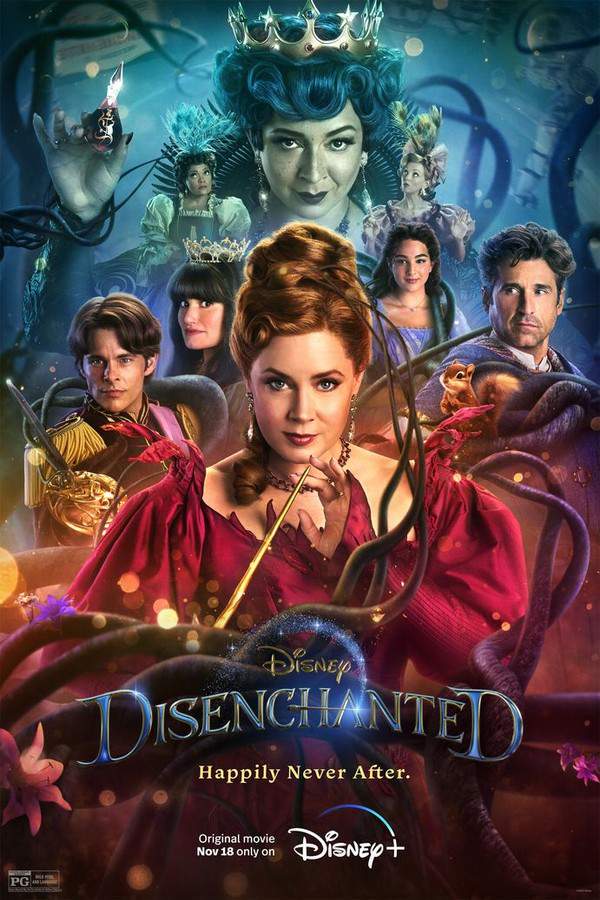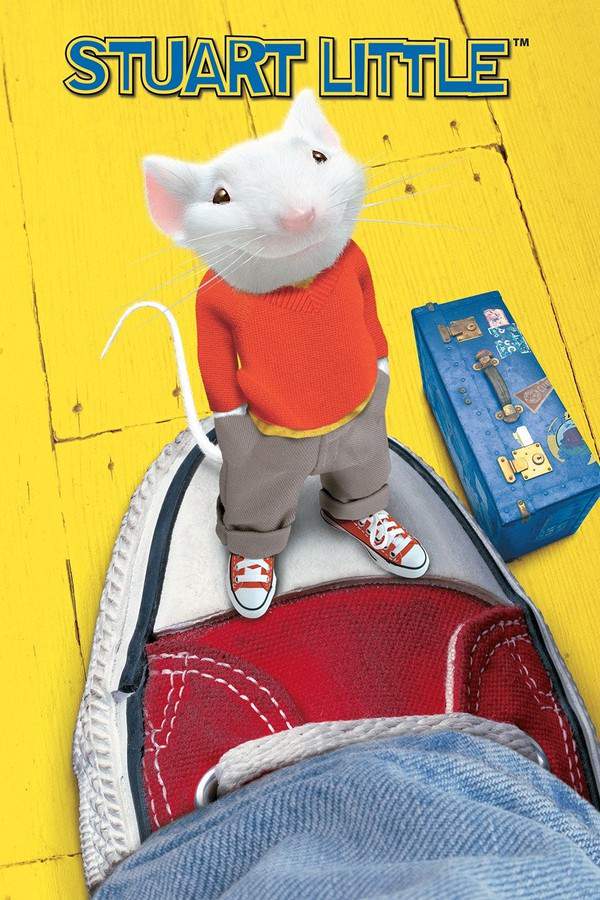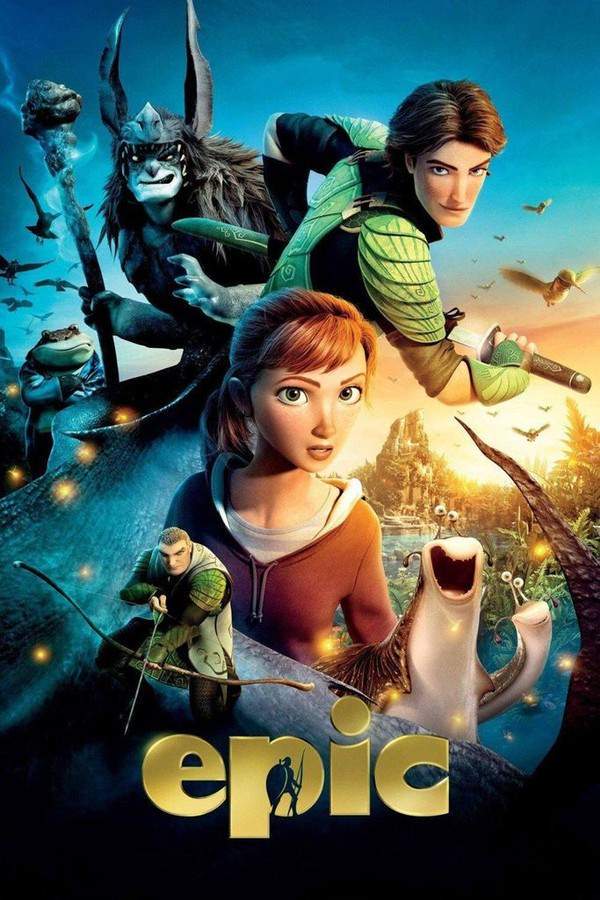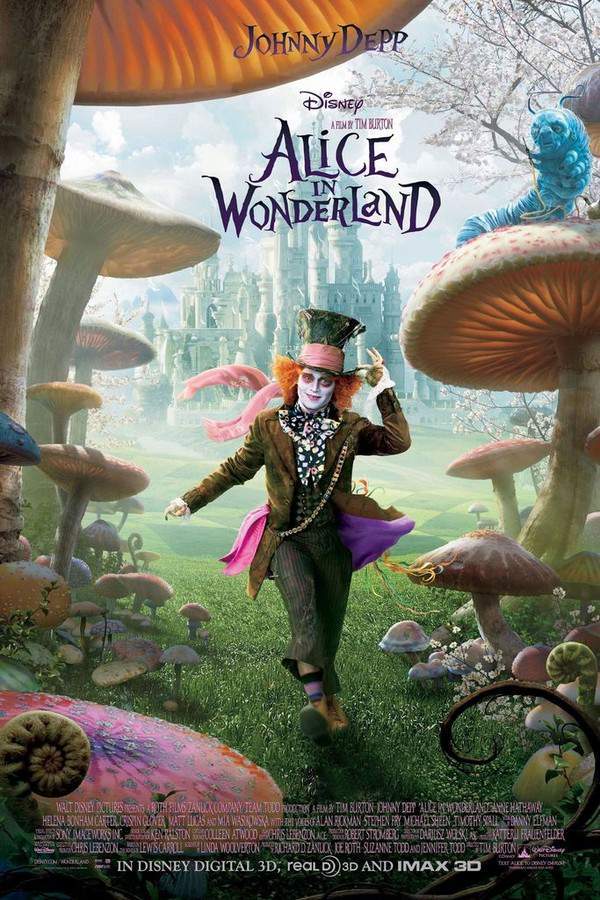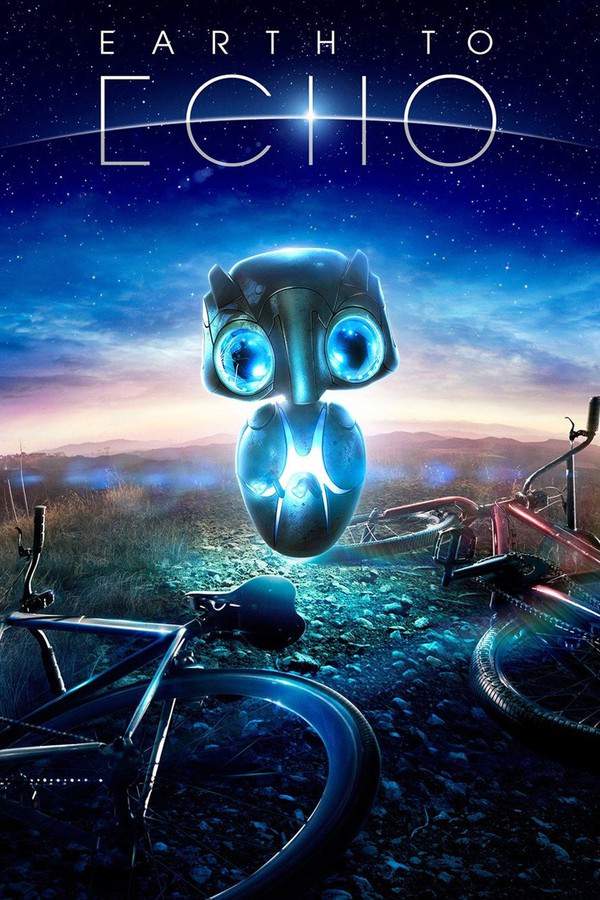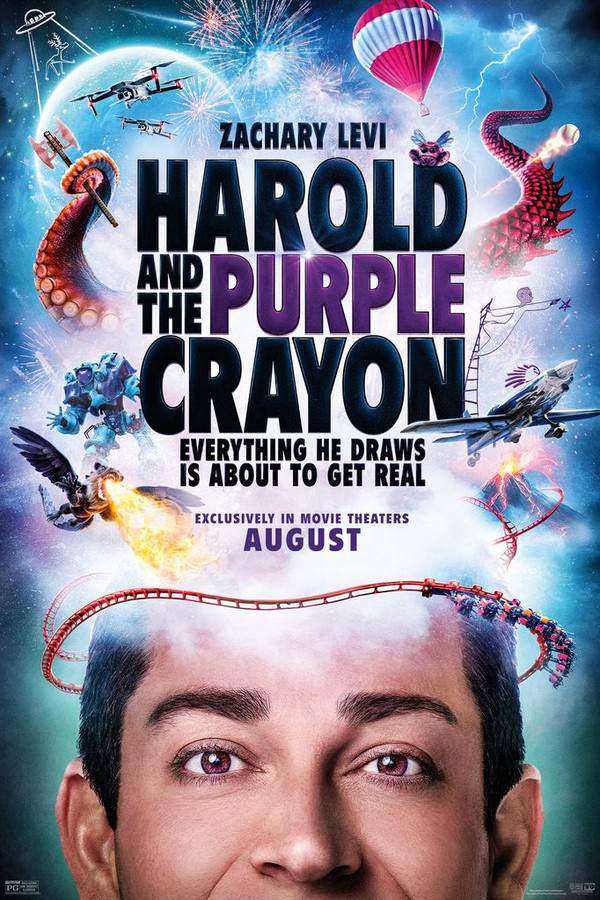
Doraemon: Nobita and the Birth of Japan
Year: 2016
Runtime: 104 mins
Language: Japanese
Director: Shinnosuke Yakuwa
Doraemon and his friends travel to ancient Japan where they meet Kukuru. When Kukuru tells them that his tribe has been enslaved by Gigazombie, Doraemon decides to help him.
Warning: spoilers below!
Haven’t seen Doraemon: Nobita and the Birth of Japan yet? This summary contains major spoilers. Bookmark the page, watch the movie, and come back for the full breakdown. If you're ready, scroll on and relive the story!
Doraemon: Nobita and the Birth of Japan (2016) – Full Plot Summary & Ending Explained
Read the complete plot breakdown of Doraemon: Nobita and the Birth of Japan (2016), including all key story events, major twists, and the ending explained in detail. Discover what really happened—and what it all means.
An opening scene follows a boy from a prehistoric era who hunts a fish, returns to his ruined village, and is suddenly sucked into a time vortex that hurls him into 20th‑century Japan.
In that modern world, Nobita longs to run away from home and starts by trying to set up a makeshift living space, though persistent land ownership rules keep blocking his progress. Meanwhile, his friends Shizuka, Gian, Suneo, and Doraemon also want to escape their families. Nobita proposes a radical plan: travel back in time to a place in Japan that is free of human habitation. The group agrees, and they journey to prehistoric Japan, roughly 70,000 years in the past.
Once there, Doraemon assigns each member a ministry to oversee in this untamed world: Shizuka heads the Ministry of Gardening, Gian runs the Ministry of Development, Suneo leads the Ministry of Agriculture, and Nobita governs the Ministry of Pets, with Doraemon supervising all of them. Nobita then experiments with gene tinkering and creates a dragon, a griffin, and a pegasus—named [Draco], [Gri], and [Pega]—which he hides from Doraemon as the others watch with a mix of awe and concern.
That night, the group shares a meal and contemplates a return home, planning to revisit this time again later. The next day, a boy from the prehistoric world slips into Nobita’s room and hides in the closet. When Gian and Suneo arrive, the boy attacks Gian, who fights back until the intruder collapses from exhaustion. Nobita, Shizuka, and Doraemon arrive to aid, and the two groups retreat to a cave where Shizuka tends to the injured visitor.
Doraemon uses a time-signal to locate the boy’s origin in present-day China, a land already inhabited by humans in this era, and a translation device helps them understand him. The visitor explains he belongs to the Light Tribe, whose people were attacked by the Dark Tribe. The friends decide to help, and they set off on a journey to trace the Dark Tribe on their magical mounts—the Pegasus, the dragon, and the griffin—for four days. On the fourth day they locate and clash with the Dark Tribe, but a magical dogū puppet proves powerful and poses a serious challenge, briefly overwhelming them despite Doraemon’s gadgets.
Unknown to them, the dogū has a way to restore itself after the group departs. The team brings the Light Tribe to a peaceful spot in Japan to live, and then returns home for the night. The next day Doraemon reveals that the dogū’s self-restoration endangers the Light Tribe once more, so they travel back to the past to intervene again. Arriving back, they find that the Light Tribe’s village has already been destroyed by the Dark Tribe, and Nobita becomes separated from the others in a brutal snowstorm.
With the others continuing their search, they locate the Light Tribe and confront Gigazombie—the king of spirits and a time-criminal from the 23rd century who seeks to rewrite reality by destroying time itself. He easily defeats Doraemon and the others because his gadgets are more advanced. Meanwhile, Nobita discovers a mysterious box containing a mammoth figure that urges him to press a button if he needs help. Nobita’s loyal companions—the Pegasus, Draco and Gri—return to aid their friend, but Gigazombie traps them in a desolate corner. Nobita presses the button, and the Time Patrol arrives to arrest Gigazombie.
With Gigazombie detained, the creatures Pegasus, Draco, and Gri are transported to the future, revealing they were never meant to exist in the present era. The friends share a sad farewell and finally return home, richer for the journey and the bonds they forged across time.
Last Updated: October 03, 2025 at 06:46
Explore Movie Threads
Discover curated groups of movies connected by mood, themes, and story style. Browse collections built around emotion, atmosphere, and narrative focus to easily find films that match what you feel like watching right now.
Whimsical Adventures with Gentle Stakes like Doraemon: Nobita and the Birth of Japan
Journeys where whimsical fun and playful discovery are the main focus.If you liked the imaginative journey and playful spirit of Doraemon: Nobita and the Birth of Japan, you'll enjoy these movies. This thread finds similar family-friendly adventures where the focus is on whimsical fun, steady discovery, and the bonds of friendship, rather than intense peril.
Narrative Summary
Narratives in this thread typically follow a group of friends or family on an exploratory mission. The conflict is present but manageable, often resolved through cleverness and teamwork rather than force, leading to a journey that feels more like an exciting excursion than a desperate struggle.
Why These Movies?
Movies are grouped here because they share a core tone of optimistic whimsy, a medium intensity level that avoids being overwhelming, and a focus on the enjoyable process of adventure itself. They are comforting, upbeat, and perfect for a shared family viewing experience.
Bittersweet Journeys of Found Family like Doraemon: Nobita and the Birth of Japan
Adventures that build deep bonds, only to end with a poignant parting.Looking for movies like Doraemon: Nobita and the Birth of Japan that explore the joy and sorrow of temporary bonds? This thread gathers stories where characters find a new family during an adventure, leading to a bittersweet ending that celebrates the connection while acknowledging its impermanence.
Narrative Summary
The narrative pattern involves characters entering a new world or situation and forming a profound, family-like bond with its inhabitants. The central conflict's resolution often necessitates a separation, creating an ending that is simultaneously happy for the success achieved and sad for the relationships that must end.
Why These Movies?
These movies share a specific emotional arc: building up a sense of belonging and camaraderie, then delivering a poignant, bittersweet conclusion. They balance light emotional weight during the adventure with a final, melancholic payoff that highlights the value of the connections made.
Unlock the Full Story of Doraemon: Nobita and the Birth of Japan
Don't stop at just watching — explore Doraemon: Nobita and the Birth of Japan in full detail. From the complete plot summary and scene-by-scene timeline to character breakdowns, thematic analysis, and a deep dive into the ending — every page helps you truly understand what Doraemon: Nobita and the Birth of Japan is all about. Plus, discover what's next after the movie.
Doraemon: Nobita and the Birth of Japan Timeline
Track the full timeline of Doraemon: Nobita and the Birth of Japan with every major event arranged chronologically. Perfect for decoding non-linear storytelling, flashbacks, or parallel narratives with a clear scene-by-scene breakdown.

Characters, Settings & Themes in Doraemon: Nobita and the Birth of Japan
Discover the characters, locations, and core themes that shape Doraemon: Nobita and the Birth of Japan. Get insights into symbolic elements, setting significance, and deeper narrative meaning — ideal for thematic analysis and movie breakdowns.

Doraemon: Nobita and the Birth of Japan Spoiler-Free Summary
Get a quick, spoiler-free overview of Doraemon: Nobita and the Birth of Japan that covers the main plot points and key details without revealing any major twists or spoilers. Perfect for those who want to know what to expect before diving in.

More About Doraemon: Nobita and the Birth of Japan
Visit What's After the Movie to explore more about Doraemon: Nobita and the Birth of Japan: box office results, cast and crew info, production details, post-credit scenes, and external links — all in one place for movie fans and researchers.



